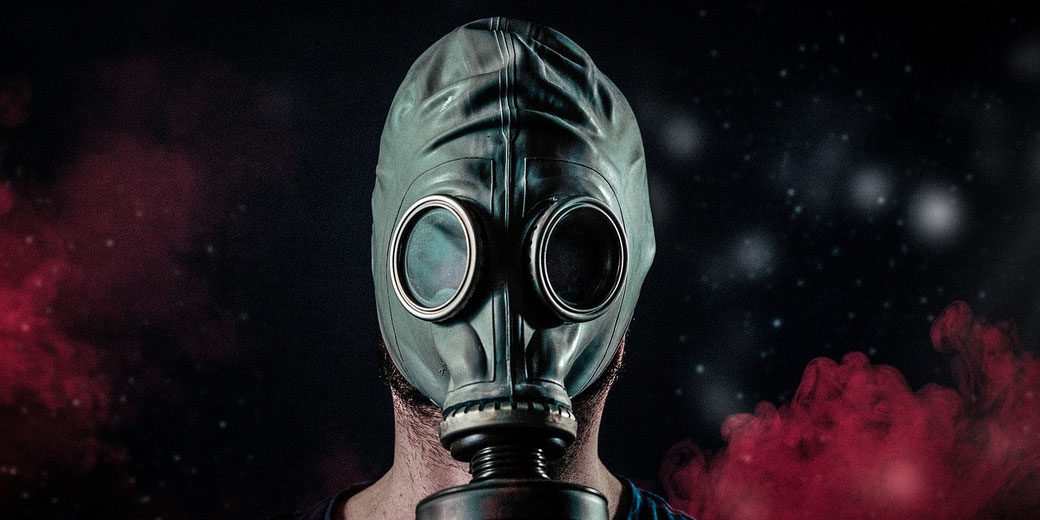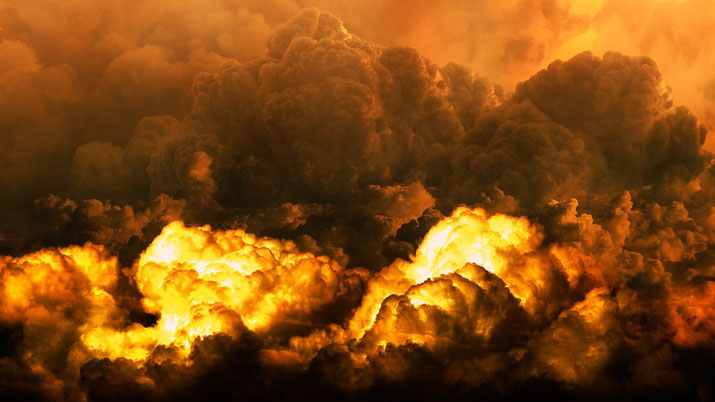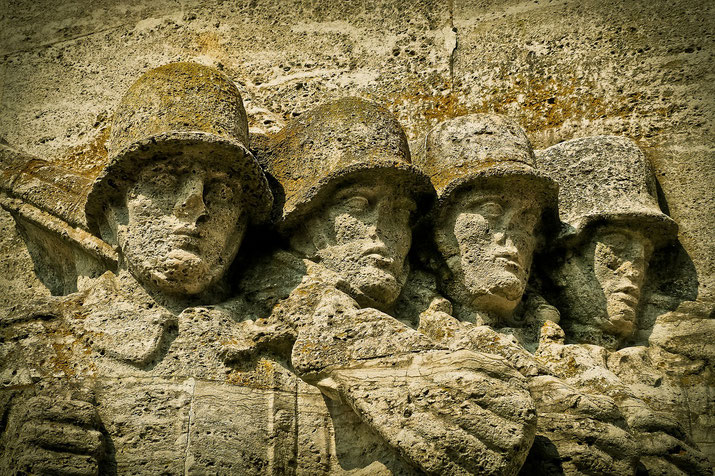The 4 most lethal chemical weapons used in WWI

As the First World War raged on, soldiers and civilians alike faced a new kind of horror: the development and use of weaponized gases such as tear gas, mustard gas, chlorine gas, and phosgene gas.
The use of these chemical weapons resulted in an unprecedented level of suffering and death on the battlefield. Consequently, it would forever change the way future wars were fought.
In this article, we will delve into the different types of weaponized gases developed for use in World War One, and the impact that they had on the course of the conflict.
What were 'weaponised gases'?
Chemical weapons were a type of weaponized gas used during World War I to inflict damage on enemy troops.
These weapons were designed to release toxic chemicals, which could cause serious injury or death to those exposed to them.
They were first used on a large-scale during World War I, with the most common types of gases used including chlorine, phosgene, and mustard gas.
The use of chemical weapons during WWI caused significant suffering and loss of life.
Eventually, it prompted the international community to take action to prevent their use in future conflicts.

1. Tear gas
Tear gas, also known as lachrymatory agent, was one of the first chemical weapons used during World War One.
It was developed by the French in 1914 and first used during the Battle of Mulhouse in August of that year.
Tear gas was a non-lethal agent that was primarily used to disorient and immobilize enemy soldiers.
It worked by causing irritation to the eyes, nose, and throat, leading to tears, coughing, and difficulty breathing.
While it did not directly cause fatalities, it was effective in creating chaos and confusion on the battlefield.
Tear gas was used by both the Allied and Central Powers throughout the war.
2. Mustard gas
Mustard gas, also known as sulfur mustard, was a highly toxic and blistering agent that was first used in 1917 by the German army during the Battle of Ypres.
This gas was initially used in shells and later in bombs. When released, it caused severe burns and blisters on the skin, and damage to the respiratory system.
Also, it was effective in contaminating the soil and the environment, making it difficult for soldiers to advance.
The use of mustard gas was responsible for an estimated 90,000 deaths and 1.2 million injuries during World War One, making it one of the effective chemical weapons of the war.
3. Chlorine gas
Probably the most well-known was chlorine gas. This type was first used by the Germans in April 1915, during the Second Battle of Ypres.
Chlorine gas had a greenish-yellow color, and caused severe respiratory distress, including coughing, chest pain, and shortness of breath.
It was considered the most effective of the early gas technologies because it attacked the lungs, leading to a horrible death by suffocation.
In addition, chlorine gas was effective in creating a smokescreen that obscured the battlefield.
This allowed army commanders to use it to launch surprise attacks.
Chlorine gas was responsible for an estimated 80,000 deaths during World War One.

4. Phosgene gas
Phosgene gas was a highly toxic gas that was initially developed by the Germans in 1915.
It was responsible for an estimated 85% of all chemical weapon-related deaths.
Phosgene gas was odorless and colorless, making it difficult to detect. It was highly toxic, attacking the respiratory system and causing fluid buildup in the lungs.
It was used in several battles, including the Second Battle of Ypres, the Battle of the Somme, and the Battle of Verdun.
Often, it was used in combination with other gases, such as chlorine gas, to create a more lethal and effective weapon.
How could soldiers protect themselves?
When gas was first used in World War One, there was little that soldiers could do to protect themselves.
However, army leadership tried desperately to find solutions to this new problem.
Eventually, soldiers in the trenches were able to protect themselves from chemical weapons by wearing gas masks.
These masks were specially designed to filter out harmful gases and provide clean air to breathe.
In their earliest forms, the masks had a canister containing activated charcoal that absorbed the noxious gases.
They were also fitted with an airtight seal to prevent any gas from entering the mask where it was attached to the soldier's face.
In addition, soldiers were trained to recognize the symptoms of gas exposure and to take immediate action.
This including donning their masks, seeking shelter, and reporting any gas attacks to their superiors.
Attempts to ban their use
The use of chemical weapons during World War One was a devastating and deadly tactic that caused unimaginable suffering and loss of life.
The use of chemical weapons during World War One prompted the international community to establish the Geneva Protocol in 1925.
This technically banned the use of chemical and biological weapons in warfare.
However, despite the ban, chemical weapons have been used in several conflicts since then, including the Iran-Iraq War and the Syrian Civil War.
What do you need help with?
Download ready-to-use digital learning resources
Copyright © History Skills 2014-2024.
Contact via email
With the exception of links to external sites, some historical sources and extracts from specific publications, all content on this website is copyrighted by History Skills. This content may not be copied, republished or redistributed without written permission from the website creator. Please use the Contact page to obtain relevant permission.





